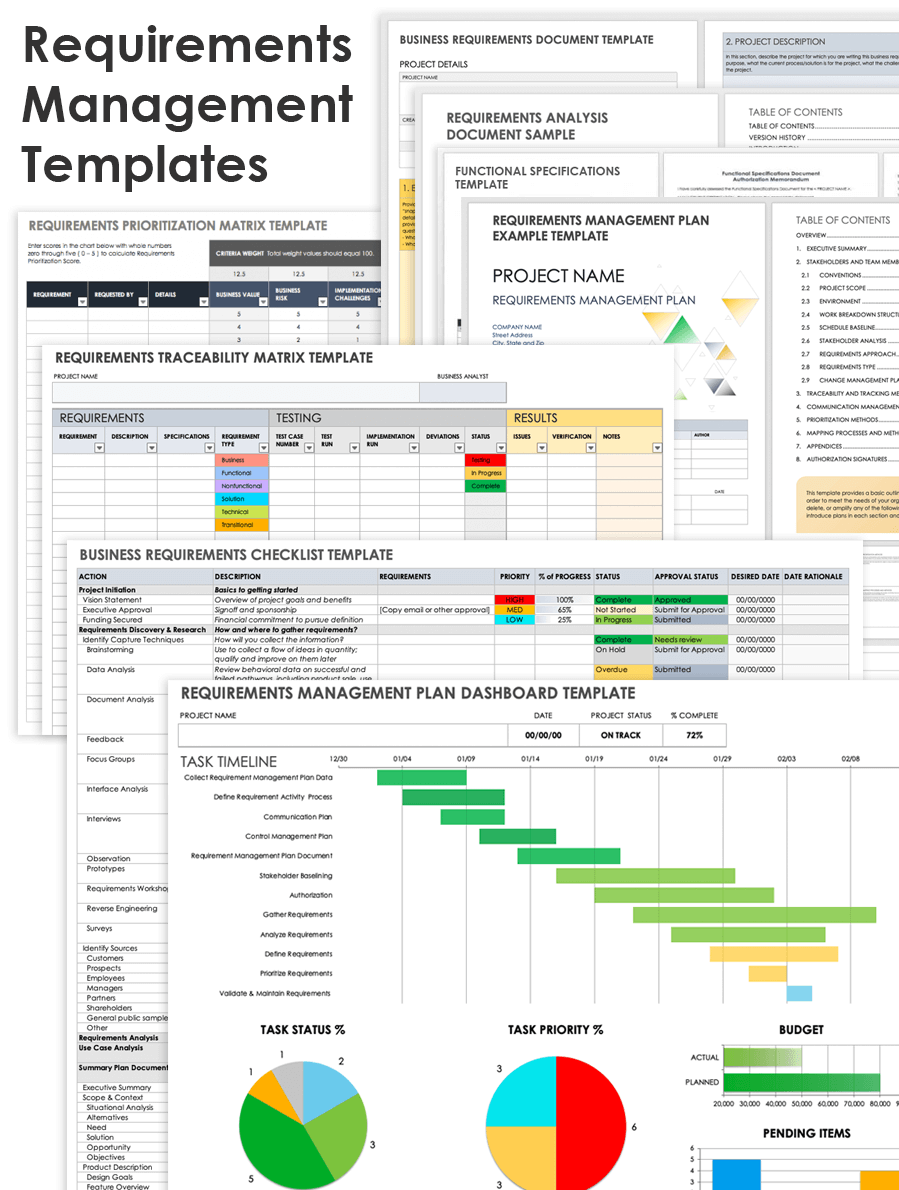As modern applications become increasingly complex, distributed, and cloud-native, effective monitoring becomes crucial for maintaining their performance and reliability. An application monitoring requirements template serves as a structured guide to define the specific monitoring needs of your applications, ensuring that you capture the right metrics and insights to optimize their health and user experience.
The template provides a framework to document the monitoring requirements for each application, considering various aspects such as system metrics, user experience metrics, business KPIs, and security-related parameters. It helps stakeholders align on the monitoring objectives, scope, and criticality of each metric, facilitating effective communication and collaboration among development, operations, and business teams.

Key Elements of an Application Monitoring Requirements Template
A comprehensive application monitoring requirements template encompasses several key elements to ensure thorough and effective monitoring:
Metrics Identification: The template should include a comprehensive list of metrics to be monitored, addressing system health (e.g., CPU utilization, memory usage), user experience (e.g., page load time, error rates), business KPIs (e.g., revenue generated, customer satisfaction), and security metrics (e.g., login failures, malware detection).
Monitoring Technique Selection: The template should guide the selection of appropriate monitoring techniques, such as synthetic monitoring, real user monitoring, or log analysis, based on the specific monitoring requirements and application characteristics.
Thresholds and Alerts: Defining thresholds and alerts is essential to identify performance deviations and trigger timely notifications. The template should include sections to document these parameters, ensuring that relevant stakeholders receive alerts promptly.
Data Aggregation and Visualization: The template should address data aggregation and visualization requirements to ensure that monitoring data is presented in a meaningful and actionable format. This includes defining the methods for aggregating metrics, generating dashboards, and customizing visualization options.
Integrating Monitoring Requirements into Application Lifecycle
To ensure effective monitoring throughout the application lifecycle, it’s crucial to integrate the application monitoring requirements template:
Requirement Gathering: During the design and development phase, the template facilitates the gathering of monitoring requirements from stakeholders and subject matter experts, ensuring that essential metrics are identified and addressed.
Implementation Planning: The template guides the planning and implementation of the monitoring solution, helping teams determine the appropriate tools, technologies, and resources required to meet the monitoring requirements.
Ongoing Monitoring and Evaluation: The template serves as a benchmark for ongoing monitoring and evaluation activities. Teams can periodically review the monitoring setup, data collected, and alerts generated to assess its effectiveness and make adjustments as needed.
Conclusion
An application monitoring requirements template empowers organizations to establish a standardized and comprehensive approach to application monitoring. By defining clear requirements, selecting appropriate techniques, and integrating monitoring into the application lifecycle, organizations can ensure the effective monitoring of their applications, leading to improved performance, increased reliability, and enhanced user experience.
Creating and using an application monitoring requirements template is a critical step towards proactive application management. It enables teams to align on monitoring objectives, capture relevant metrics, and trigger timely alerts. By incorporating this template into your application development and monitoring processes, you can proactively identify and address potential issues, ensuring the smooth operation and optimal performance of your critical applications.
